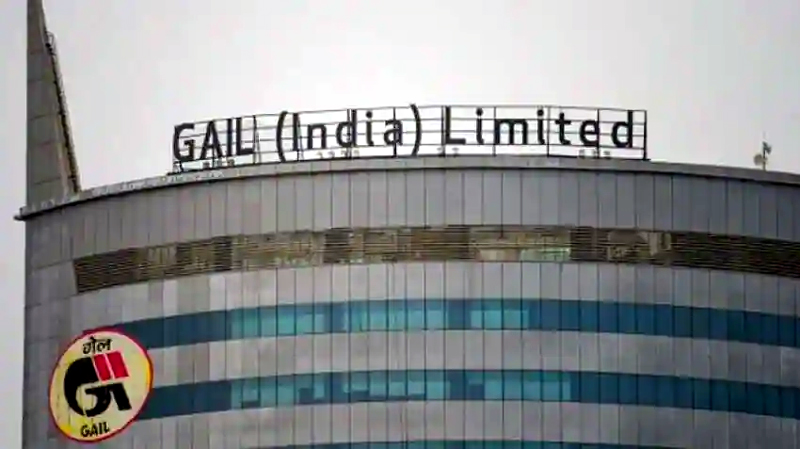Jammu-Srinagar Gas Pipeline Project
*IOCL also seeks project particulars
Bivek Mathur
JAMMU, Sept 6: Asserting that laying a gas pipeline between Jammu and Srinagar is a herculean task due to the tough terrain-related challenges, the Gas Authority of India Limited (GAIL) has claimed that to make the project feasible, Viability Gap Funding (VGF) would be required. Viability Gap Funding is the grant provided to infrastructure projects that are economically feasible but fall short of financing.
Another bidder, the Indian Oil Corporation Limited (IOCL), has also expressed interest in obtaining more information about the project.
GAIL’s assertion is the result of a Detailed Feasibility Report (DFR) that the Navratna Company prepared earlier in 2021 for the then-proposed Gurdaspur-Jammu-Srinagar Pipeline (GJSPL) Project.
Pertinently, the Ministry of Petroleum and Natural Gas (MoP&NG) in March 2021 advised GAIL to prepare a Detailed Feasibility Report for the Gurdaspur-Jammu-Srinagar Pipeline.
Pursuant to this, GAIL engaged M/S Engineers Limited to carry out a reconnaissance survey for the GJSPL route and to prepare the DFR.
According to the DFR, M/S EIL concluded that the only possible route for the pipeline was along the National Highway (NH) from Jammu to Srinagar, passing mainly through the hilly terrain.
Citing this report, Parveen Kumar Aggarwal, Chief General Manager (Marketing-RNLG) at GAIL, has now written afresh to the Secretary of the Petroleum and Natural Gas Regulatory Board (PNGRB) that laying a pipeline along this route would be a very challenging task due to rocky and hilly terrain, tunnels, heavy traffic movement, the narrow width of NH, steep slopes, and high altitude.
“Considering these difficulties, special construction methodologies are to be evolved for traffic movement and pipeline construction works for trenching, welding, and stringing in the restricted RoU of the NH hilly road,” Aggarwal wrote to the PNGRB Secretary.
According to Aggarwal, the pipeline route is estimated to be around 325 km from Jammu to Srinagar in the corridor of the National Highway.
Further, he claimed in his report that there are other issues such as extreme weather conditions, low productivity hours/working hours, security concerns, etc., which entail considerable high expenditure, and longer execution would schedule to manage these challenges.
Considering these factors Aggarwal, wrote to the Secretary of the PNGRB, stating, “the cost of laying a pipeline from Jammu to Srinagar will be multifold in comparison to a pipeline laying of a similar size in normal terrain.”
Further, he wrote, “at present, the potential demand along the route is envisaged to be only from City Gas Distribution which means there will be a longer gestation period. Hence, to make the proposed Jammu-Srinagar Gas Pipeline Project financially viable, suitable Viability Gap Funding (VGF) is required.”
Meanwhile, the other bidder interested in laying a gas pipeline from Jammu to Srinagar, the Indian Oil Corporation Limited (IOCL), through its Chief General Manager (Projects-System and Gas), Prasun Kumar Mishra, has sought the particulars about the Jammu-Srinagar Gas Pipeline Project, including the originating point, end point, indicative route map with likely injection/delivery point, demand details, inlet pressure, temperature, and gas composition and capacity for Jammu-Srinagar (based on the bid-out pipeline from Gurdaspur to Jammu).


